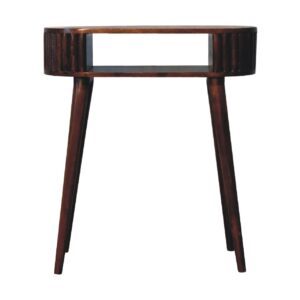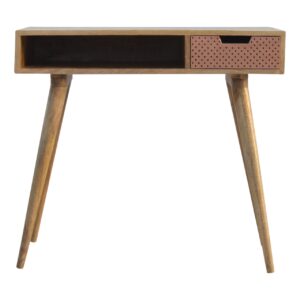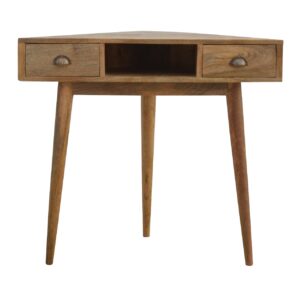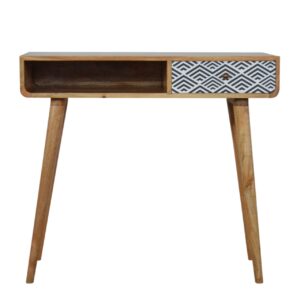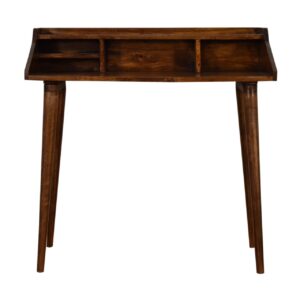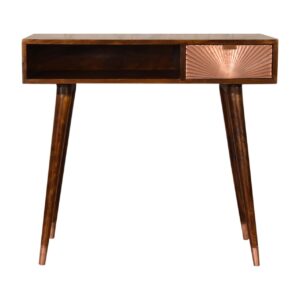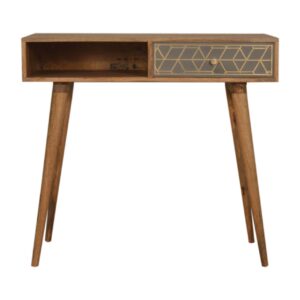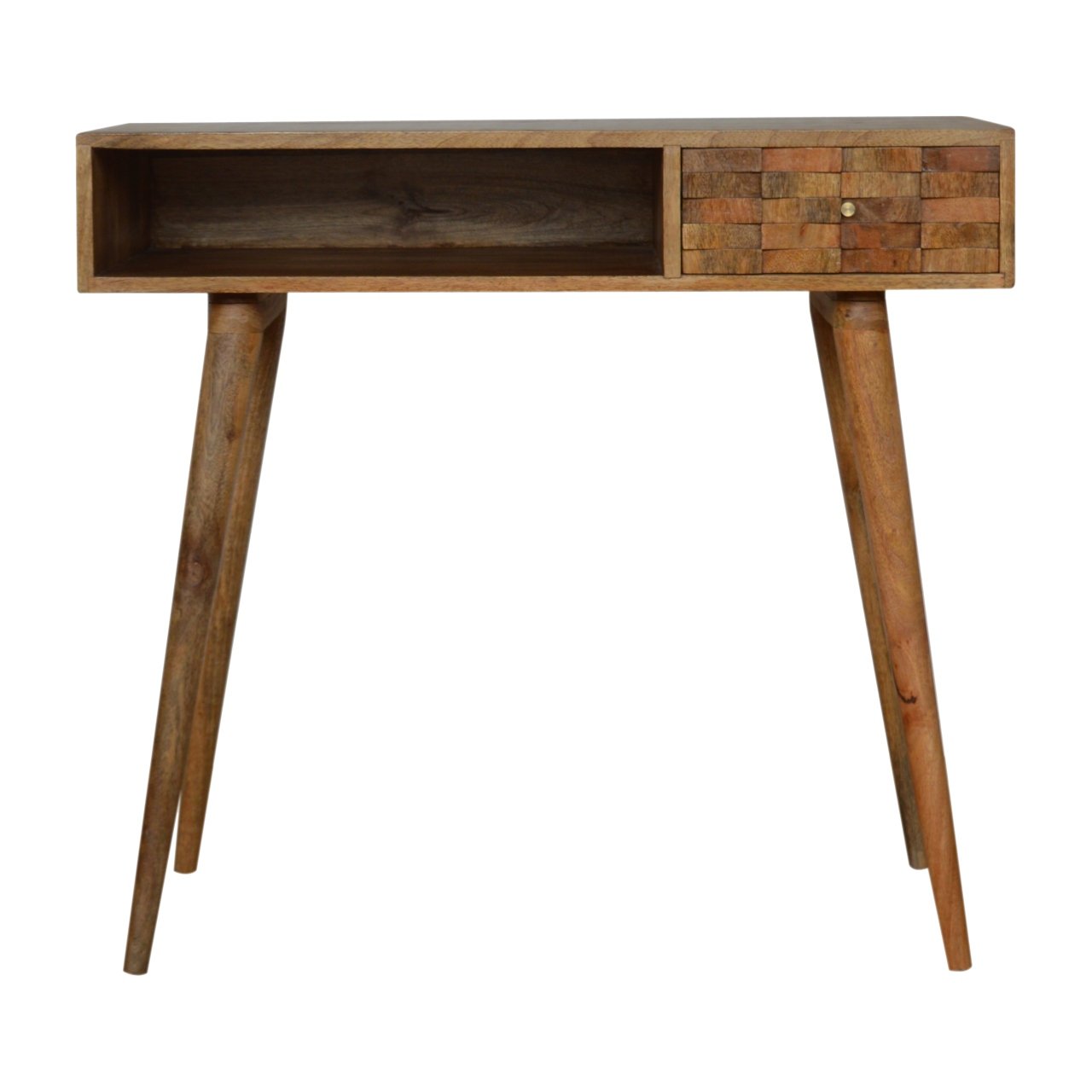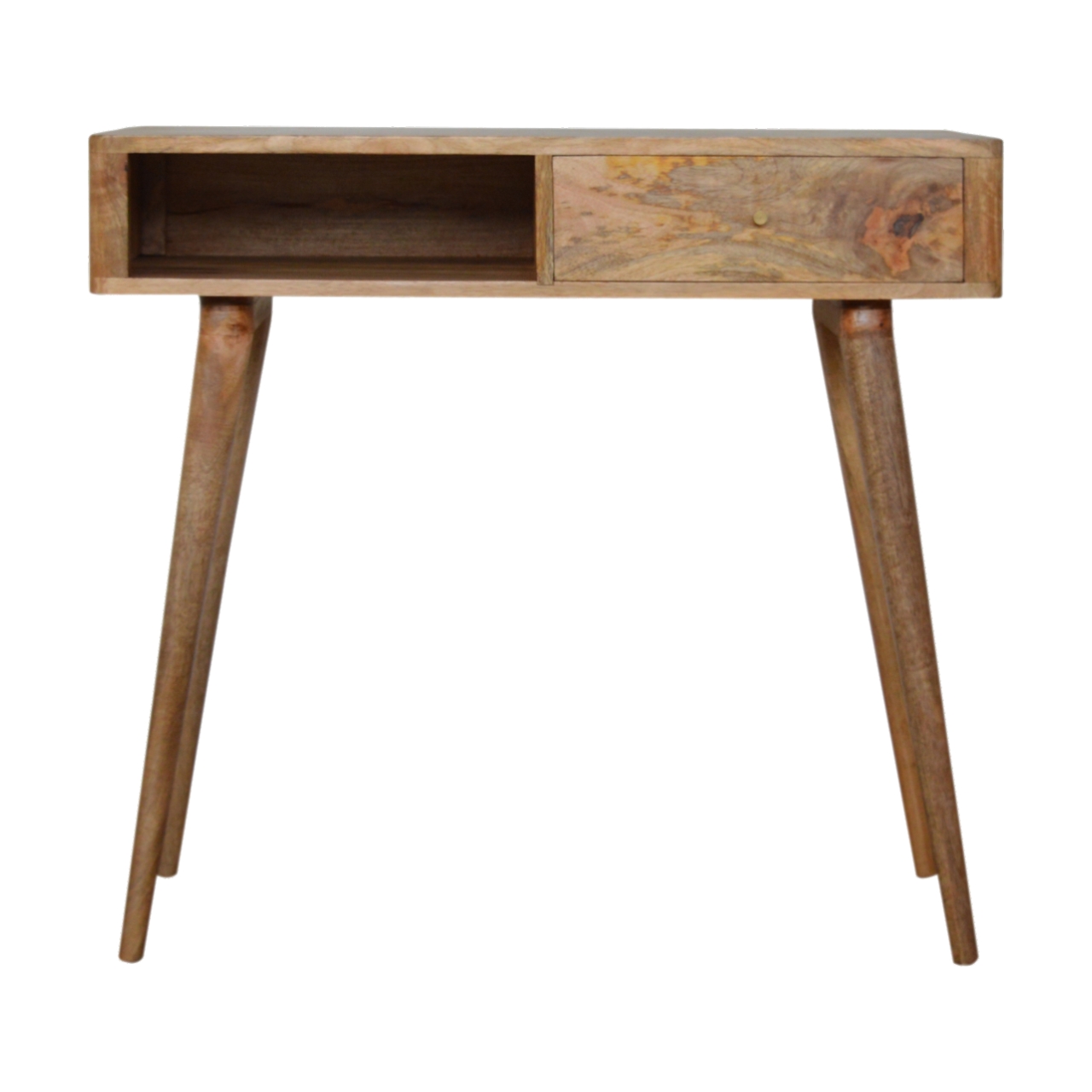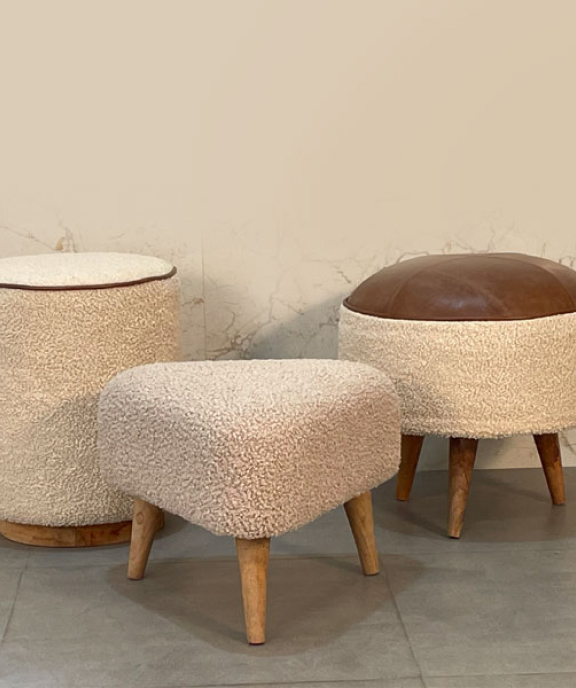In the realm of children’s furniture, the importance of ergonomics cannot be overstated. A child’s comfort and physical health are paramount, especially during those crucial developmental years.
This comparative analysis delves into the world of ergonomic writing desks designed for kids’ bedrooms, a space where young minds explore, learn, and grow. We will examine a range of desks that cater to the varying needs of children, including adjustable models that grow with your child, options featuring smart storage solutions, and an array of durability and style choices to suit any decor.
By offering a comprehensive overview of the top ergonomic desks, this guide aims to assist parents in making an informed decision that will support their child’s educational journey and well-being.
Ergonomics in Children’s Furniture
Ergonomics plays a pivotal role in the design of children’s furniture, ensuring comfort and promoting proper posture during use. Recognizing the posture importance for growing bodies, ergonomic furniture is tailored to support the natural curvature of the spine, reducing the risk of developing musculoskeletal issues. Details such as adjustable chair heights and desk angles are not mere design choices but are informed by extensive research on children’s physical development and their interaction with their environment.
A desk that fits a child’s activity needs can significantly impact their concentration and willingness to engage in tasks. When children are comfortable, they are more likely to remain seated and focused on their work. An ergonomically designed desk that aligns with the specific activities it will be used for, such as reading, writing, or drawing, is essential for fostering a productive and healthy workspace for children.
Incorporating child-focused ergonomics into furniture design demands a balance between flexibility and stability. With the right furniture, children can enjoy an activity fit that accommodates their dynamic range of movements while still providing the necessary support to encourage a healthy posture throughout their developmental years.
Varieties of Ergonomic Desks
Transitioning from the fundamental principles of ergonomics, we now examine the various types of ergonomic desks crafted to enhance the comfort and productivity of children in their bedroom workspaces.
When selecting an ergonomic desk, the choice of desk materials plays a significant role not only in durability but also in the overall wellbeing of the child. Desks made from non-toxic, eco-friendly materials can contribute to a healthier environment for young ones to learn and grow.
Incorporating posture support is vital in any ergonomic design. Desks with adjustable height features allow the workspace to grow with the child, ensuring that their arms and legs are at the appropriate angles to reduce strain. Tilted desktops promote better wrist and hand positioning, which can prevent fatigue during writing or drawing activities.
Moreover, ergonomic desks for children often come with accessories that enhance usability, such as book stands that encourage eye-level reading, thereby supporting proper neck posture. Features like rounded corners minimize the risk of injury, while storage options help keep the workspace organized, promoting a focused mindset.
Through careful research and attention to detail, parents can find the perfect ergonomic desk that not only supports their child’s physical development but also inspires their intellectual growth.
Adjustable Desks for Growth
Assessing the adaptability of children’s desks reveals that adjustable features are key for accommodating their rapid growth and changing needs. Growth tracking is an essential aspect of childhood development, and ergonomic furniture must evolve alongside a child’s physical changes to maintain comfort and support.
An adjustable desk can be modified in height and sometimes even in desk angle, ensuring that as a child grows, their workspace can grow with them. This adaptability is crucial not only for comfort but also for promoting proper posture.
The importance of posture cannot be overstated when it comes to children. Developing bodies are particularly susceptible to the strains that come from sitting for long periods, especially if the furniture does not fit their proportions. Research shows that desks with adjustable height and tilt can greatly benefit children by aligning their arms, wrists, and back properly, which helps in preventing slouching and the development of musculoskeletal issues.
Desks With Smart Storage
Storage solutions in children’s desks are pivotal, as they provide an organized space for educational materials and foster an environment conducive to learning. When selecting a kids’ bedroom writing desk, it’s essential to consider space-saving solutions that can keep the room clutter-free while still accommodating all the necessary supplies. Smart storage options, such as integrated shelves, drawers, and cubbies, enable children to have easy access to their books, stationery, and technology without the need for additional storage furniture that can take up precious room space.
Additionally, incorporating color psychology into the design of storage compartments can have a subtle but significant impact on a child’s mood and productivity. For example, cool hues like blue are said to have a calming effect and may be beneficial for concentration, while warm tones like yellow can inspire creativity and vitality. By choosing desks with storage that utilize colors strategically, parents and educators can create a more inviting and stimulating learning environment.
Detail-oriented, research-based approaches to selecting kids’ writing desks will ensure that the furniture not only meets ergonomic standards but also supports children’s needs for a tidy and inspiring workspace. Smart storage solutions in desks are thus not just a matter of convenience; they are integral to fostering a structured and motivational setting for young learners.
Durability and Style Choices
When comparing ergonomic writing desks for children’s bedrooms, one must consider both the longevity of materials and the variety of design aesthetics available. Material selection plays a pivotal role in ensuring the desk can withstand the rigors of daily use. Desks crafted from solid wood or high-grade MDF are renowned for their robustness, capable of bearing weight and resisting wear over time. Metals such as steel or aluminum offer strength and, when powder-coated, provide additional resistance to scratches and dents.
In terms of style, the psychological impact of color in a child’s learning environment is not to be underestimated. Color psychology suggests that hues such as blue can promote calmness and focus, while green may enhance creativity. Manufacturers often offer a spectrum of color options and finishes, allowing the desk to be a centerpiece that grows with the child’s evolving tastes. From sleek, minimalist designs that blend into modern decor to more playful, thematic desks that spark imagination, the intersection of durability and style creates a conducive space for learning and development.
Parents and children alike can find a desk that not only lasts but also inspires and fits seamlessly into the bedroom’s aesthetic.
Frequently Asked Questions
How Do I Know if a Desk Is the Right Size for My Child if I’m Shopping Online?
When shopping online, ensure the desk’s size is appropriate for your child by following measuring tips and verifying desk adjustability to accommodate their growth and ergonomic needs.
Can Ergonomic Desks Help Improve My Child’s Posture if They Already Have Bad Habits?
Ergonomic desks, with proper desk positioning and screen height adjustments, can indeed help correct a child’s posture by encouraging alignment and reducing strain, even if existing bad habits are present.
Are There Any Safety Certifications I Should Look for When Purchasing a Kids’ Ergonomic Desk?
When selecting a children’s ergonomic desk, ensure it meets safety certifications such as Greenguard or JPMA, indicating quality desk materials and confirming assembly ease for a secure, child-friendly workspace.
How Can I Get My Child to Maintain a Clean and Organized Desk Space?
To encourage your child to maintain a clean desk space, consider implementing desk rewards for organization and engaging them in clutter games that make tidying up fun and educational.
What Are Some Creative Ways to Personalize an Ergonomic Desk to Make It More Appealing to My Child?
To enhance a child’s ergonomic desk, consider adding desk stickers and colorful accessories, which can stimulate creativity and ownership, thereby making the workspace more inviting and personalized to their tastes and interests.


